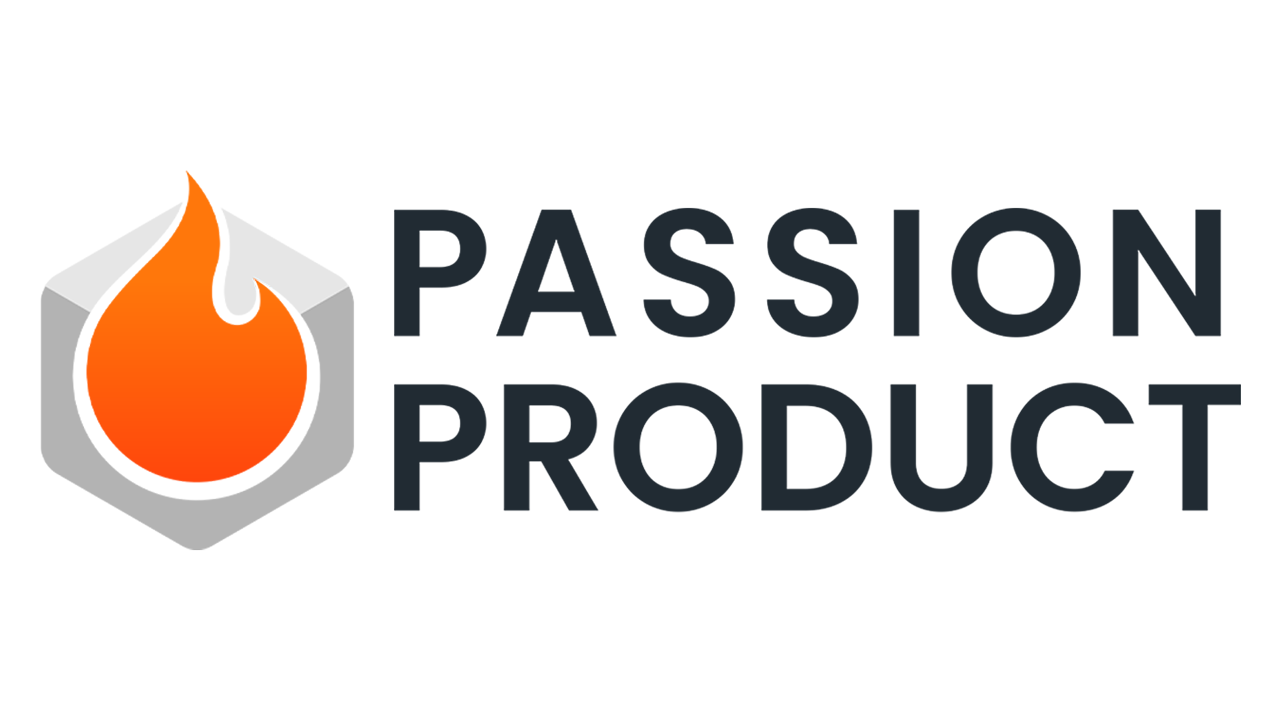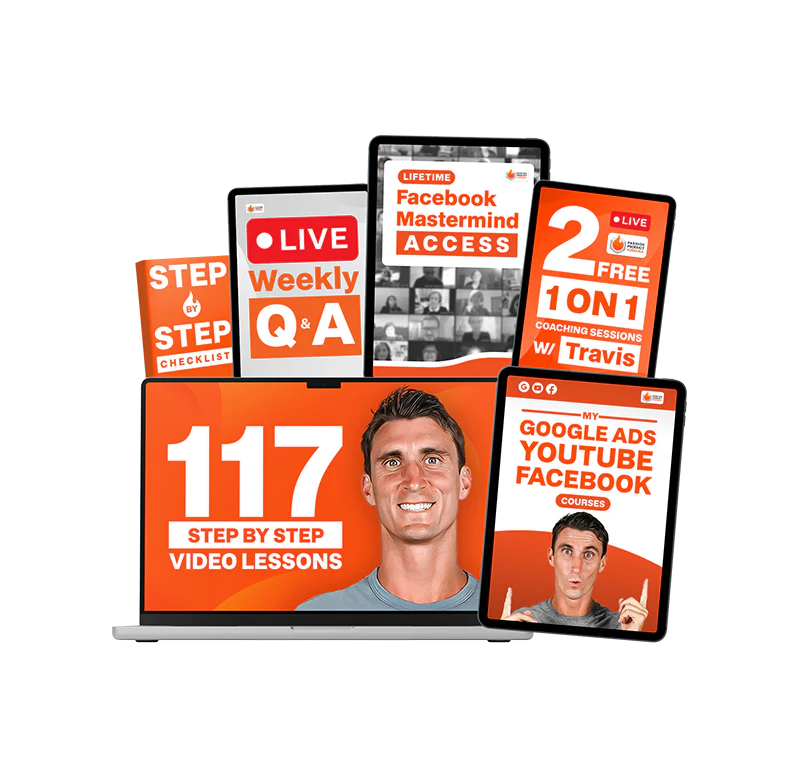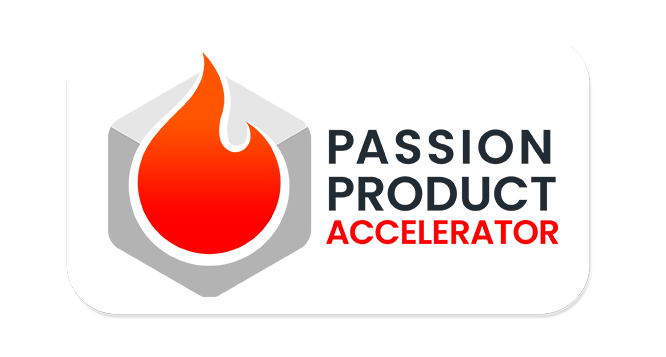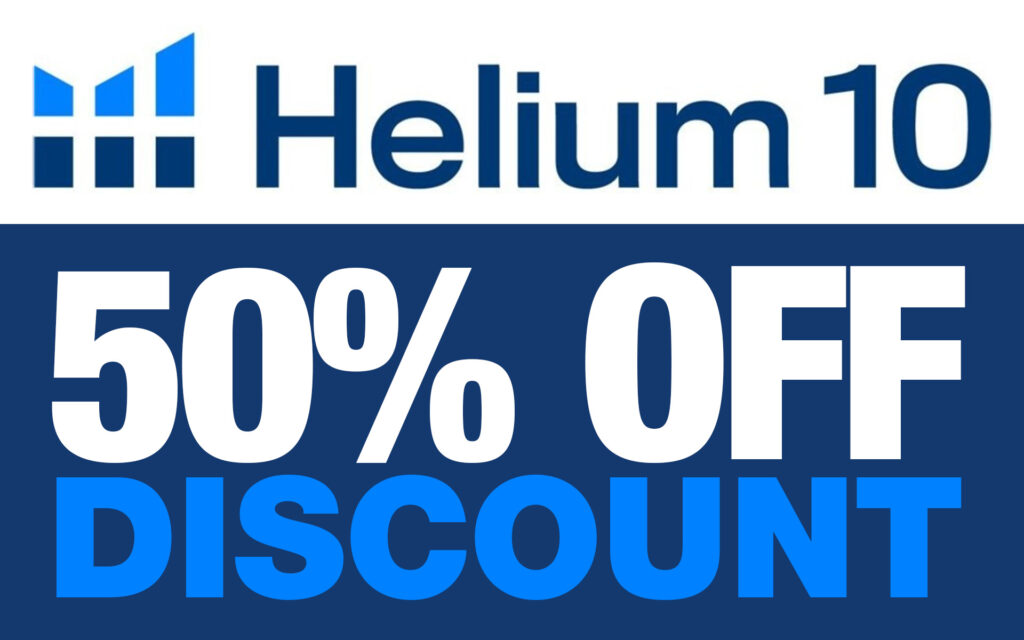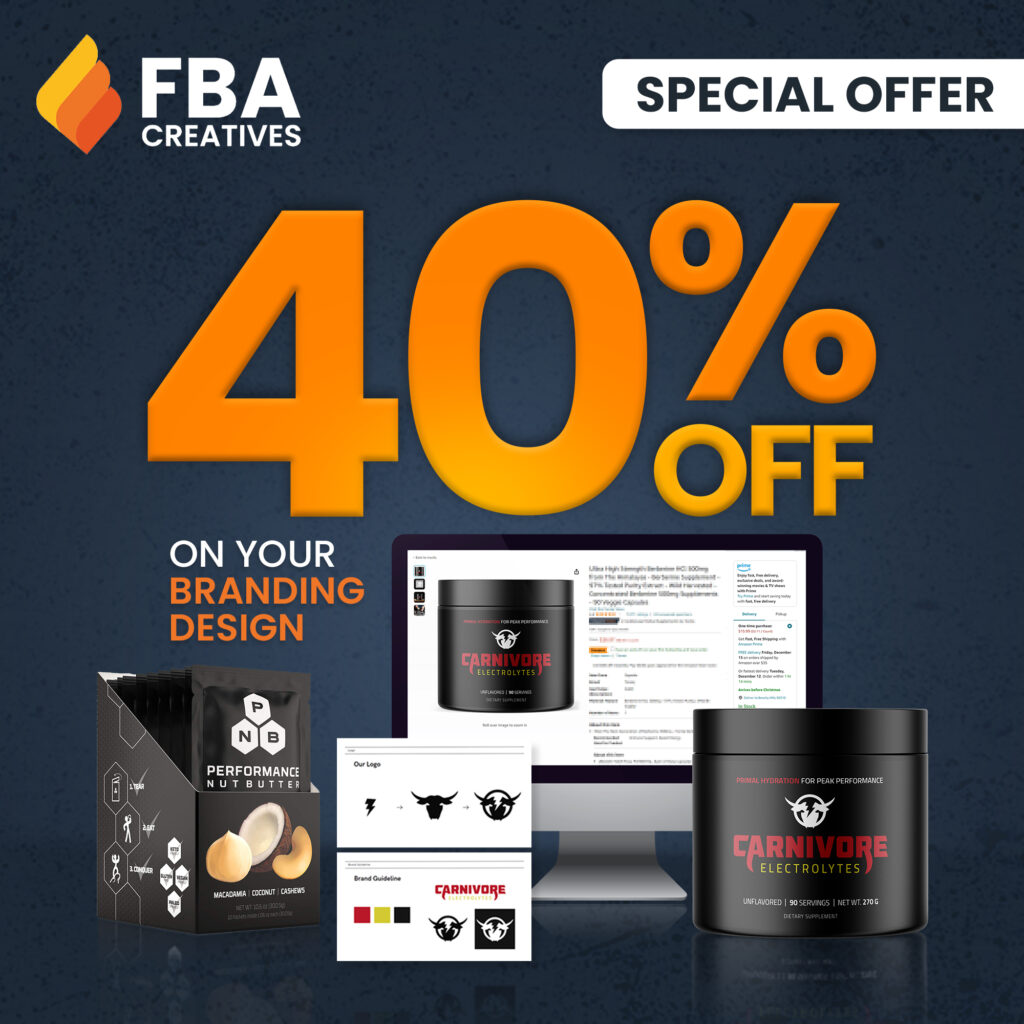If you’re thinking about starting an Amazon business or are already knee-deep in it, one thing is crystal clear: understanding Amazon FBA fees is non-negotiable. These fees may seem like a hurdle at first, but with the right mindset and strategies, they actually become manageable—and even advantageous.
Amazon’s FBA (Fulfillment by Amazon) program offers massive potential. It gives entrepreneurs like you access to a global customer base, powerful logistics, and a brand reputation built on trust. Yet, if you don’t understand the costs behind it, you could unknowingly eat into your profits.
But don’t worry! This guide is here to help you break down every essential Amazon FBA fee—from the well-known to the lesser-known. More importantly, you’ll learn how to reduce these costs while still leveraging the full power of the platform.
We’ll also introduce The Passion Product Formula, a powerful and proven method that helps you build a brand around a product you love, and launch it profitably on Amazon. With it, you’re not just selling—you’re building something meaningful and sustainable. Let’s dive in!
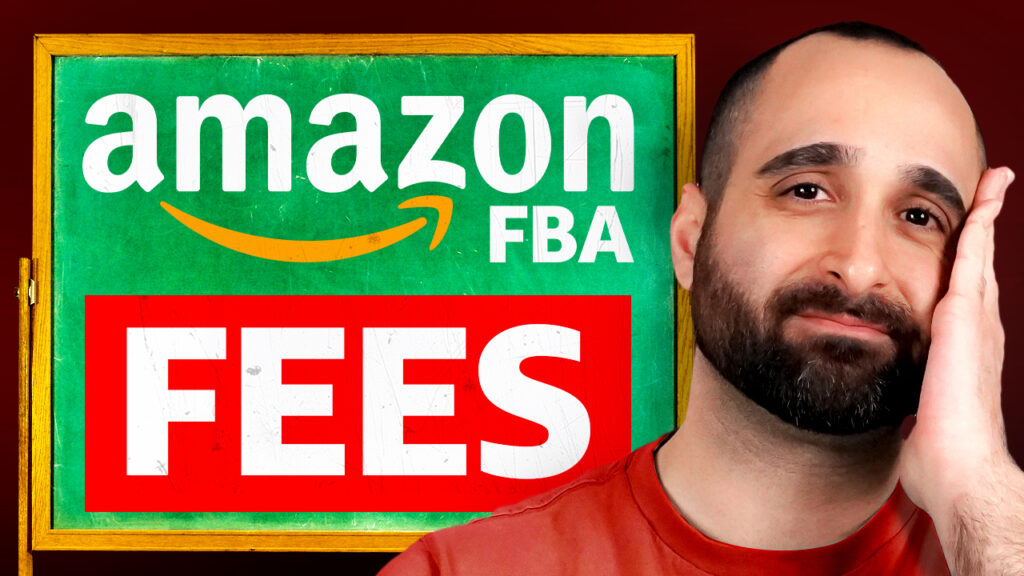
- The Three Core Amazon FBA Fees
- Five Hidden Amazon FBA Fees You Must Know
- Real-Life Case Study: Carnivore Electrolytes
- Margin Planning: The 33/33/33 Rule
- The Passion Product Formula Overview
- Smart Cost-Reduction Strategies
- Tools to Supercharge Your Amazon FBA Business
- The Power of FBA for Lifestyle Freedom
- Choosing Between Individual and Professional Plans
- Tips for Scaling Your FBA Business
- Importance of Packaging and Labeling Compliance
- Maximizing Profits with Advanced Inventory Forecasting
- Biggest Mistakes New Sellers Make (and How to Avoid Them)
- Final Thoughts: How To Avoid Fees
- Frequently Asked Questions (FAQs)
The Three Core Amazon FBA Fees

Every Amazon seller encounters three fundamental fees when using FBA. While they may vary by product type and volume, these costs form the core of your Amazon operating expenses. Understanding them is the first step to selling smart.
Amazon Storage Fee
The storage fee is exactly what it sounds like: Amazon charges you to keep your products in their warehouse. But it’s more than just a fee for space—it also covers the convenience of having your inventory ready to ship 24/7.
These fees change depending on the season:
- From January to September, it’s $0.75 per cubic foot.
- From October to December, it jumps to $2.40 per cubic foot due to the Q4 holiday rush.
Why the spike? Because more sellers are shipping more inventory to meet holiday demand, and Amazon charges a premium for the limited space. Planning ahead for this seasonal increase can prevent unwanted surprises.
To calculate this fee, measure your product’s length, width, and height in inches to get the total cubic inches. Then convert to cubic feet and multiply by the storage rate. It’s simple, yet so powerful when budgeting.
Now, here’s a critical warning: If your product stays in Amazon’s warehouse for over 365 days, you’ll get hit with the long-term storage fee—either $6.90 per cubic foot or $15 per unit (whichever is higher). Ouch! Thankfully, that’s avoidable with smart inventory management, which we’ll cover later.
Amazon Referral Fee
Next up is the Amazon referral fee. This is essentially a commission Amazon takes for selling on their platform—and trust us, it’s worth every cent.
In most categories, this fee is a flat 15% of your product’s sale price. For example, if you sell something for $30, Amazon keeps $4.50. It might seem like a lot, but consider what you’re getting in return: access to millions of loyal Prime customers, fast shipping, and a platform people already trust with their credit cards.
There are some exceptions, too. For instance, clothing items priced under $15 are only charged a 5% referral fee.
But here’s where things get really exciting—Amazon’s Brand Referral Bonus Program. If you drive traffic to your Amazon listing from outside sources (like your website, Instagram, or email list), Amazon will reward you by reducing your referral fee from 15% down to just 5% on those sales. It’s a fantastic way to recoup more revenue while keeping your marketing engine running.
Pick and Pack (Fulfillment) Fee
This fee covers Amazon’s role in handling your product. They pick it from the shelf, pack it up professionally, and ship it to your customer. This level of service is what makes FBA so attractive to both sellers and buyers.
The Pick and Pack fee depends on the size and weight of your item and typically ranges from $0.96 to $5.70 per unit. Though this may sound steep for each transaction, consider the alternative—storing your products at home, managing packaging, shipping each order yourself, and taking constant trips to the post office.
Not only does Amazon handle all of that, but by using FBA, your product becomes eligible for Prime shipping, giving you a competitive edge in search rankings and conversions. In fact, many sellers report a 4–5x boost in sales just by switching from FBM (Fulfilled by Merchant) to FBA.
Plus, FBA offers the lifestyle freedom that many entrepreneurs dream about. You can run your business from anywhere in the world while Amazon handles logistics behind the scenes. Time saved is money earned—and peace of mind gained.
Five Hidden Amazon FBA Fees You Must Know
While the core fees are widely discussed, many new sellers are blindsided by additional charges that can quietly erode profits. Fortunately, by being informed, you can anticipate—and even avoid—these costs.
Return Processing Fee
Returns are part of the eCommerce game, and Amazon’s customer-first approach makes them easy for buyers—but not always for sellers. If a customer returns a product, Amazon charges a return processing fee. This fee typically mirrors the original Pick and Pack cost, and covers the handling, inspection, and restocking of the returned item.
Here’s the upside: If the returned product is in sellable condition, you can have it added back to your inventory, ready to ship again. That way, you recoup the item’s value and avoid disposal costs.
Disposal and Removal Fees
Sometimes a returned item is damaged or unsellable. In that case, you have two options—dispose of it or have it returned to you. Each option comes with a fee:
- Disposal fee: About $0.50 per unit.
- Removal fee: Varies based on product size but typically around $0.60 to $0.80 per unit.
To minimize these fees, keep a close eye on your returns and regularly audit unsellable inventory. You’ll gain more control over your stock—and your bottom line.
Labeling and Prepping Fee

Every item sold via FBA must have an FNSKU barcode. You can handle this step yourself, have your manufacturer label the products, or pay Amazon to do it.
If you skip this task, Amazon will gladly step in—but they’ll charge you around $0.30 per unit. Similarly, if your product requires additional prep (like poly-bagging or bubble wrapping) and you haven’t done it according to Amazon’s guidelines, you’ll be charged $0.50 to $2.00 per unit, depending on the complexity.
The smarter approach? Have your supplier print the barcode on your packaging or apply the labels directly. This small step can save you hundreds, even thousands, over time.
Low Inventory Level Fee (New)
This newly introduced fee is quietly costing sellers who don’t manage their stock levels properly. Amazon now penalizes sellers whose inventory consistently falls below 28 days’ worth of stock.
Why? Because low inventory affects delivery reliability, and Amazon wants to maintain its Prime promise. Depending on the product size and weight, this low inventory level fee can range from $0.32 to $0.97 per unit.
To avoid it, use inventory management tools (like Helium 10) and monitor your sales trends closely. Forecasting ahead keeps your store stocked and your fees in check.
Account Subscription Fees
Finally, let’s not forget about the basic cost of having a seller account on Amazon. You have two options:
- Individual plan: Free, but Amazon charges you $0.99 per item sold.
- Professional plan: Costs $39.99/month, but eliminates per-sale charges and includes valuable features like bulk listing, promotions, and detailed reporting.
If you’re planning to sell more than 40 items per month—or take your Amazon business seriously—the professional plan is the better deal. However, if you’re just testing the waters, the individual plan offers a risk-free way to start.
Real-Life Case Study: Carnivore Electrolytes
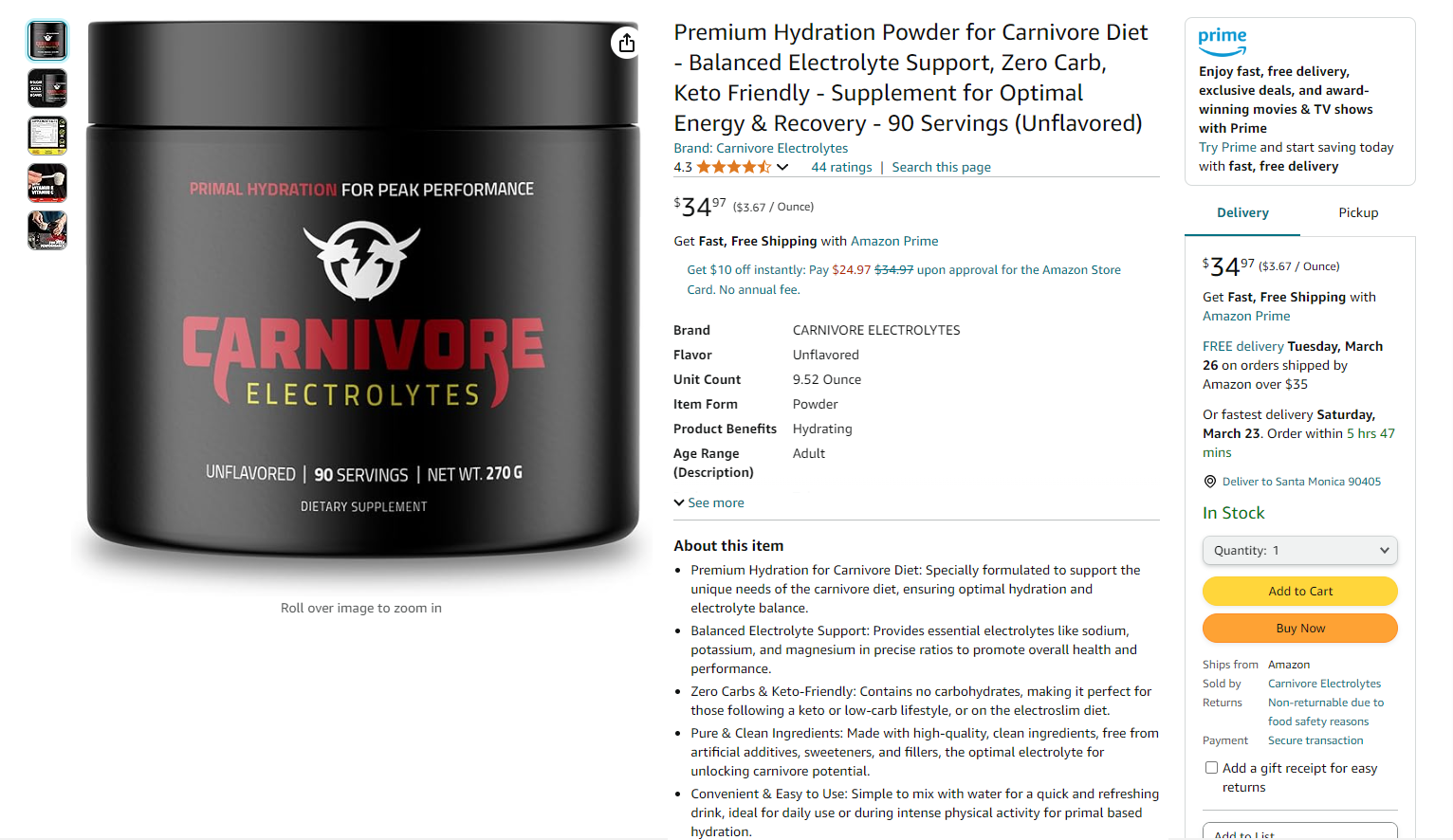
Let’s move from theory to practice with a real-world example. One of the most inspiring success stories comes from the Passion Product team: the launch of Carnivore Electrolytes.
This product generated over $159,000 in revenue within just 9 months on Amazon. But what really matters is how they managed their costs and came away with impressive profits—proving that understanding FBA fees is a game-changer.
Here’s the breakdown:
- Amazon Referral Fee: $15,708
- Pick and Pack Fee: $21,000+
- Inbound Transport Charges: $3,644
- Monthly Storage Fees: $84.98
- Refund Administration Fees: $41.56
- Cost of Goods Sold: $119,986
After all expenses, their total profit was over $98,000—all from a single product.
What’s more, they followed The Passion Product Formula to guide their product research, branding, and launch. This method focuses on creating a product you care about, rather than just chasing trends. The result? A product that resonates with customers and builds a loyal following.
Margin Planning: The 33/33/33 Rule
If you want to succeed on Amazon, you need to understand your margins. One of the simplest and most effective approaches is the 33/33/33 Rule.
Here’s how it works:
- 33% for product cost: This includes manufacturing, packaging, and shipping your goods to Amazon.
- 33% for Amazon fees: This covers storage, referral, and fulfillment (Pick and Pack) fees.
- 33% for profit: This is your take-home margin after expenses.
Let’s say your product sells for $30. Ideally, you should aim to spend $10 on the product, incur $10 in Amazon-related fees, and retain $10 in profit. This framework keeps your business lean, your pricing competitive, and your earnings reliable.
Of course, actual percentages may shift slightly depending on your category, pricing strategy, and scale. However, this rule is an excellent guideline—especially for first-time sellers who want to stay profitable from day one.
The best part? When you follow The Passion Product Formula, it helps you identify products that can support strong margins, meaning you don’t have to undercut yourself to compete. Instead, you build a premium brand with value-driven pricing and loyal customers.
The Passion Product Formula Overview
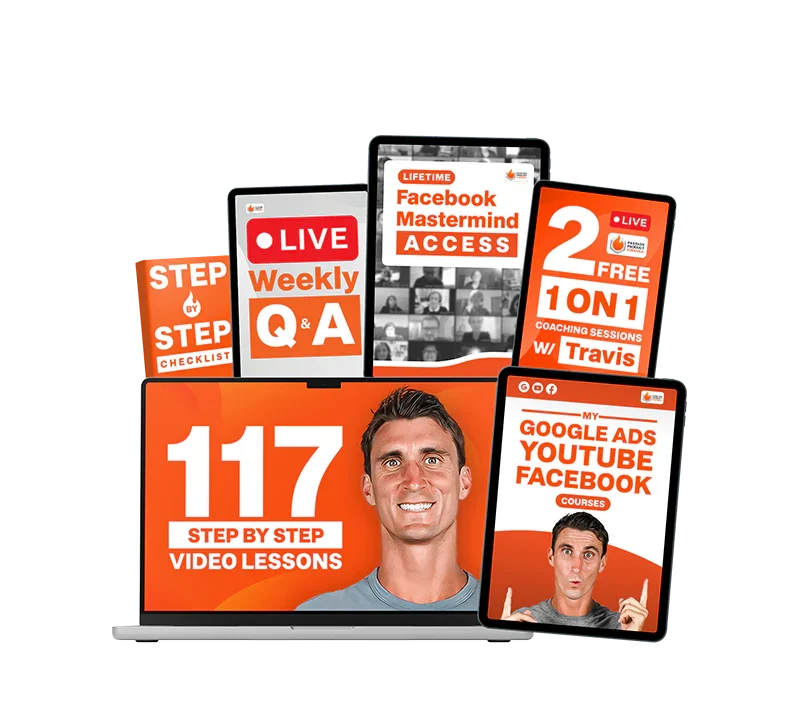
Now that we’ve broken down Amazon FBA fees, let’s talk about a game-changing approach that turns aspiring sellers into profitable brand owners: The Passion Product Formula.
So, what exactly is it?
The Passion Product Formula is a step-by-step method for building a real brand around a product you actually care about. Instead of competing on price with generic or trending items, this formula teaches you to:
- Identify a niche you’re passionate about
- Validate demand through smart research
- Create a high-quality, branded product
- Launch with a proven marketing plan
- Maximize visibility and sales using Amazon’s ecosystem
This approach goes far beyond just listing a product. It helps you connect with your target audience, craft a compelling story, and build long-term brand loyalty—all of which translate into higher profit margins and repeat customers.
What makes it even more effective is that it integrates perfectly with Amazon FBA. You get all the logistical support while focusing your energy on brand-building and customer satisfaction. Best of all, the formula is backed by real success stories, like the Carnivore Electrolytes case we explored earlier.
If you’re serious about Amazon, this isn’t just a course—it’s a roadmap to building something meaningful.
Smart Cost-Reduction Strategies
Here’s where the magic happens. While Amazon FBA fees are unavoidable, many of them can be significantly reduced—or even eliminated—with the right strategies.
Avoid Long-Term Storage Fees

We’ve mentioned this earlier, but it’s worth repeating. Amazon penalizes you for slow-moving inventory. To avoid these costly fees:
- Send only what you can realistically sell within 3–6 months.
- Use inventory forecasting tools to plan restocks accurately.
- Monitor aging inventory regularly and create promotions or remove excess units.
This proactive approach not only saves money but also keeps your account health strong.
Optimize Product Dimensions and Packaging
Amazon charges more for larger and heavier products. So, if there’s one area where smart design pays off—it’s packaging.
By reducing the size or weight of your product just slightly, you could drop into a lower fee tier and save on both storage and Pick and Pack costs. Many sellers overlook this, but a packaging redesign can boost your margins substantially.
Better yet, streamlined packaging also improves the customer experience with easier unboxing and less waste.
Time Your Plan Upgrade Wisely
Many new sellers jump straight into Amazon’s Professional plan, paying $39.99 a month even before they’ve made their first sale. But if you’re just testing the waters, start with the Individual plan.
Once you’re ready to list 40+ items a month—or if you want access to bulk listings, ads, and analytics—then make the switch. Timing your upgrade saves you money early on while still giving you flexibility to grow.
Use the Brand Referral Bonus Program

Here’s a cost-saving goldmine. As mentioned before, this program rewards you for sending traffic to Amazon by reducing your referral fee from 15% to as low as 5% for qualifying sales. You keep more of your revenue while still using Amazon’s powerful sales engine.
If you’re already promoting your brand through social media, email lists, or influencer campaigns, this is a no-brainer strategy.
Leverage Amazon’s “Small and Light” Program
Selling lightweight products under $10? Amazon’s Small and Light program can significantly lower your Pick and Pack fees. Instead of paying $2.70 or more, you could pay as little as $2.16 per unit.
That might seem like a small difference, but over hundreds—or thousands—of sales, it adds up fast.
These cost-cutting tactics are just the tip of the iceberg, and when you combine them with The Passion Product Formula, you create a business that’s lean, profitable, and primed for success.
Tools to Supercharge Your Amazon FBA Business
In today’s data-driven world, using the right tools is not optional—it’s essential. Fortunately, there are powerful resources available that make managing your Amazon business easier and more effective.
Amazon FBA Revenue Calculator
This free tool lets you estimate all your major FBA fees before you list a product. Just enter the product dimensions, weight, and price, and it will calculate your:
- Referral fee
- Pick and Pack fee
- Monthly storage costs
It’s a great way to test profitability before committing to a product idea.
Helium 10

If you’re serious about inventory management and product research, Helium 10 is a must-have. This all-in-one software suite helps you:
- Track inventory levels in real-time
- Forecast future demand accurately
- Monitor keyword rankings
- Spy on competitor pricing and strategies
Even better, it helps you avoid the dreaded low inventory level fee by alerting you when stock levels drop below Amazon’s preferred threshold.
With tools like these, you’re no longer guessing—you’re making smart, data-backed decisions.
The Power of FBA for Lifestyle Freedom
Beyond profits and logistics, Amazon FBA offers something far more valuable to many entrepreneurs: freedom.
Think about it—FBA means Amazon handles every customer order, from picking and packing to shipping and even returns. That frees you up to work on your business, not in it.
Want to travel the world? You can. Have a 9-to-5 but want to build a side income? Absolutely. Raising a family and need flexibility? FBA makes it possible.
When you combine FBA with The Passion Product Formula, you get a business model that doesn’t trap you in fulfillment tasks or inventory chaos. Instead, you build a scalable brand that supports your ideal lifestyle.
Many successful sellers describe their Amazon brand as their “freedom vehicle”—and for good reason. It’s not just about making money; it’s about designing your life on your terms.
Choosing Between Individual and Professional Plans
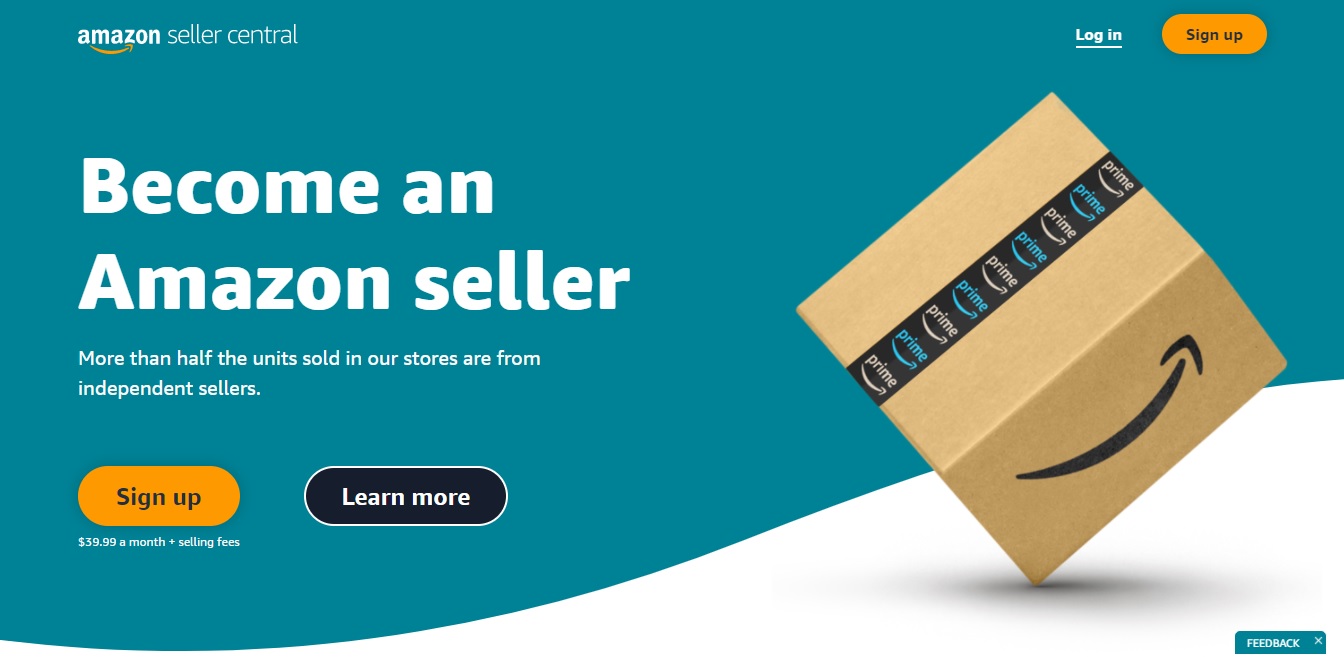
Choosing the right seller account is another decision that affects your bottom line and efficiency. Thankfully, the choice is pretty straightforward when you know what to look for.
Individual Plan
- Cost: Free, but $0.99 fee per sale
- Best for: New sellers testing the waters or planning to sell fewer than 40 units per month
This is a great starting point if you’re unsure how much inventory you’ll move. You keep your upfront costs low while still getting access to Amazon’s marketplace.
Professional Plan
- Cost: $39.99/month
- Best for: Sellers planning to scale, launch multiple products, or access advanced features
With this plan, you unlock tools like:
- Advanced analytics and sales reports
- Bulk listings
- Promotions and advertising options
- Eligibility for Buy Box placement (critical for success)
If you’re serious about building a brand—and especially if you’re following The Passion Product Formula—you’ll likely upgrade sooner rather than later. But don’t rush it. Start lean, then level up when the time is right.
Tips for Scaling Your FBA Business
Once your product is live and generating sales, it’s time to think bigger. Scaling your Amazon FBA business doesn’t have to be overwhelming. In fact, with a few smart strategies, you can go from side hustle to six-figure brand faster than you might expect.
Should You Build Your Own Website?

Some new sellers wonder: why pay Amazon fees when I can build my own website and sell directly? It’s a valid question, and the answer comes down to trust, traffic, and tools.
When you launch a standalone website, you’re responsible for everything—building the site, running ads, attracting traffic, handling customer support, processing payments, and managing shipping. That’s a lot of moving parts, especially for someone starting out.
In contrast, Amazon brings immediate benefits:
- 140+ million U.S. Prime members are already shopping daily.
- Built-in trust from customers who feel confident purchasing on Amazon.
- Logistics infrastructure that handles storage, shipping, and returns.
- Fast, free shipping through Prime—something nearly impossible to match on your own.
Yes, Amazon charges a 15% referral fee, but what you get in return is a ready-made marketplace that can generate consistent, high-converting traffic. You’re not just paying for exposure—you’re buying convenience, scale, and credibility.
The best part? You can always expand to your own website later, once your brand is established and cash flow is strong. For most, starting with FBA is the smartest move.
Reinvest Profits Wisely
The first step in scaling is reinvesting your profits strategically. Instead of pulling out income too early, put that money toward more inventory, marketing, and product enhancements. This fuels growth and prevents stockouts—one of the biggest killers of momentum on Amazon.
Launch Additional Products

Once you’ve successfully launched one product, consider introducing complementary or upgraded versions. For example, if your passion product is a protein powder, your next product could be a branded shaker bottle or supplements.
Each new product increases your brand’s value and expands your customer base. And because you already understand Amazon’s fee structure and marketing tools, launching the next item becomes easier and more efficient.
Optimize Your Listings
Scaling isn’t just about more products—it’s also about better performance. Continuously improve your product listing by:
- Testing new images
- Optimizing your bullet points and title
- Gathering more 5-star reviews
- Adding video content
These small changes can lead to major increases in conversion rates, which in turn boost your organic rankings and sales.
Importance of Packaging and Labeling Compliance
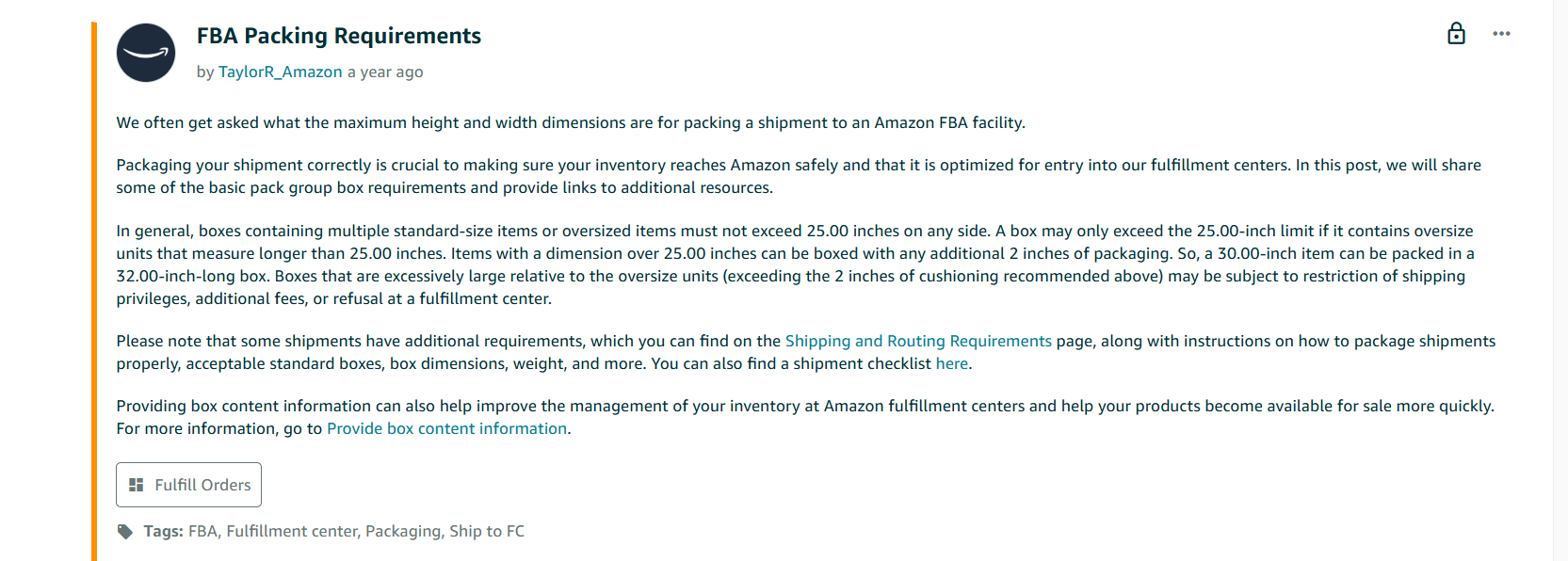
Many new sellers overlook packaging and labeling, thinking it’s a minor detail. But in Amazon’s world, compliance equals success—and saving.
Avoid Extra Fees
Incorrect labeling or packaging can result in Amazon doing it for you—and charging you for it. These labeling and prepping fees can quickly add up, especially if you’re selling in high volumes. For instance, Amazon may charge:
- $0.30 per unit for labeling
- $0.50 to $2.00 per unit for packaging adjustments
To avoid this, work with your supplier to apply FNSKU barcodes directly onto your packaging or product. Alternatively, print and apply the stickers yourself before sending inventory to Amazon’s fulfillment centers.
Custom Packaging = Brand Power
Beyond compliance, packaging is your chance to shine. Beautiful, well-designed packaging reinforces your brand, impresses customers, and increases the likelihood of a positive review.
It’s also a great opportunity to insert customer loyalty cards, request reviews (in line with Amazon’s policies), or invite customers to follow your brand off Amazon.
Compliant, professional packaging not only avoids fees—it builds your brand’s reputation with every unboxing.
Maximizing Profits with Advanced Inventory Forecasting
To keep your Amazon business running smoothly—and profitably—you need to master the art of inventory forecasting. Running out of stock means lost sales, damaged rankings, and even low inventory level fees. On the flip side, overstocking leads to excess storage fees and long-term penalties.
So, how do you strike the right balance?
Use Data-Driven Tools
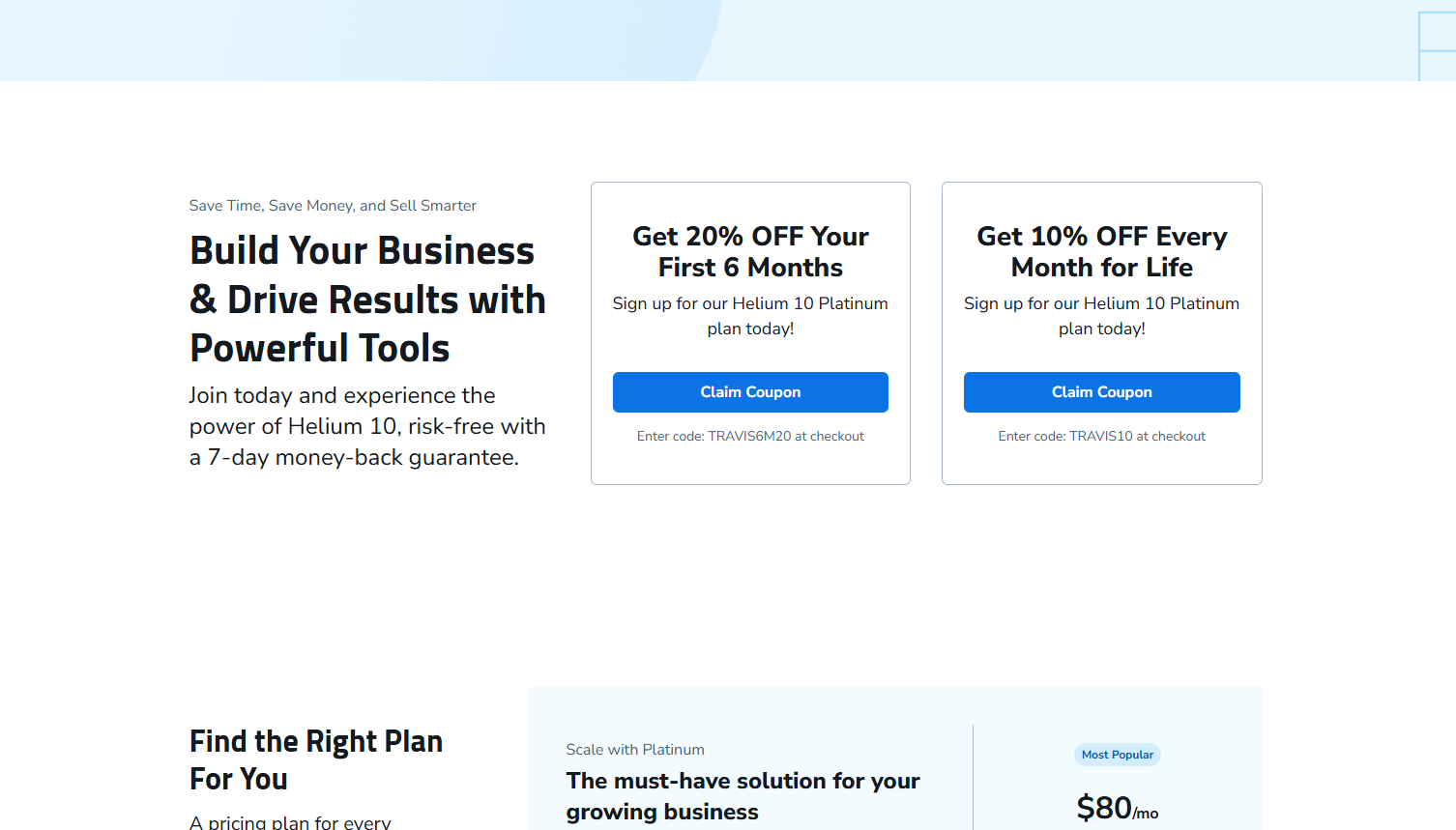
Platforms like Helium 10, Jungle Scout, or Sellerboard can analyze your sales history and help forecast demand accurately. These tools allow you to predict seasonal spikes, average daily sales, and reorder points with precision.
Monitor Inventory Health
Make it a habit to review your inventory dashboard weekly. Amazon provides tools to help you spot slow-moving products and take action before storage fees hit.
Adjust Based on Trends
Consider external trends—like holidays, back-to-school season, or weather—that may affect your sales volume. Planning ahead helps you stay stocked, avoid emergency air shipments, and keep your FBA fees under control.
Advanced forecasting is the bridge between maintaining momentum and scaling responsibly. It protects your profits and prepares your business for long-term growth.
Biggest Mistakes New Sellers Make (and How to Avoid Them)
Even with all the right tools and enthusiasm, it’s easy to make mistakes—especially when you’re just getting started. The good news? These mistakes are completely avoidable when you know what to look for.
Mistake #1: Underestimating Amazon FBA Fees
Many new sellers focus only on product cost and selling price. They overlook the cumulative effect of FBA fees like referral fees, storage, returns, and prep costs. Always factor these into your calculations early using the Amazon FBA calculator to understand your real profit margins.
Mistake #2: Choosing Oversized or Overweight Products
Larger products often carry significantly higher Pick and Pack and storage fees. Unless your margins are strong, this can eat into your profits fast. Instead, look for lightweight, compact items—especially when starting out.
Mistake #3: Ignoring Inventory Forecasting
Stockouts and overstocking are two sides of the same coin. Both cost you money in different ways. Sellers who don’t monitor inventory trends often pay long-term storage fees or lose sales due to out-of-stock listings.
Mistake #4: Not Building a Brand
If you’re just reselling generic products, it’s tough to compete. But when you create a unique, value-driven brand with The Passion Product Formula, you stand out—and customers come back. Branding isn’t optional; it’s a long-term growth strategy.
Avoiding these missteps gives you a major head start and ensures that your energy is spent building a business that’s lean, profitable, and sustainable.
Final Thoughts: How To Avoid Fees
Amazon FBA is more than just a sales channel—it’s a launchpad for entrepreneurial freedom. When you understand the real costs involved and use strategic tools and systems to manage them, you unlock the full potential of this powerful platform.
The key takeaway? Don’t just chase profits—build a brand you believe in. That’s where The Passion Product Formula comes in. By choosing a product you’re genuinely passionate about, and following a proven process to launch it, you create more than just a business—you create a movement.
With the right mindset, the right tools, and the right formula, you can turn your idea into a thriving Amazon brand that fuels both your bank account and your lifestyle.
So what are you waiting for? Take that first step. Run the numbers. Pick your product. And let Amazon FBA—and The Passion Product Formula—do the heavy lifting while you focus on growing something truly amazing.
Frequently Asked Questions (FAQs)
1. What is the most expensive Amazon FBA fee?
Typically, the most costly FBA fee is the Pick and Pack fee, especially for large or heavy items. However, long-term storage fees can also be significant if you hold unsold inventory for too long.
2. Can I start with Amazon FBA without a big budget?
Yes! With smart product selection, the Individual plan, and lean startup strategies from The Passion Product Formula, many sellers have launched successfully with less than $1,000.
3. How do I avoid long-term storage fees?
Monitor your inventory levels closely. Only send in what you can realistically sell within 3–6 months. If inventory lingers, create promotions or request removals before the 12-month mark.
4. Is it worth paying Amazon’s 15% referral fee?
Absolutely. That 15% gives you access to a massive, high-converting customer base and Amazon’s built-in trust. Plus, you can reduce the fee to as low as 5% with the Brand Referral Bonus Program.
5. What makes the Passion Product Formula different from other Amazon programs?
Unlike generic FBA models that focus on trending products or quick flips, The Passion Product Formula helps you build a brand around something you care about. This creates long-term value, deeper customer loyalty, and higher margins.
